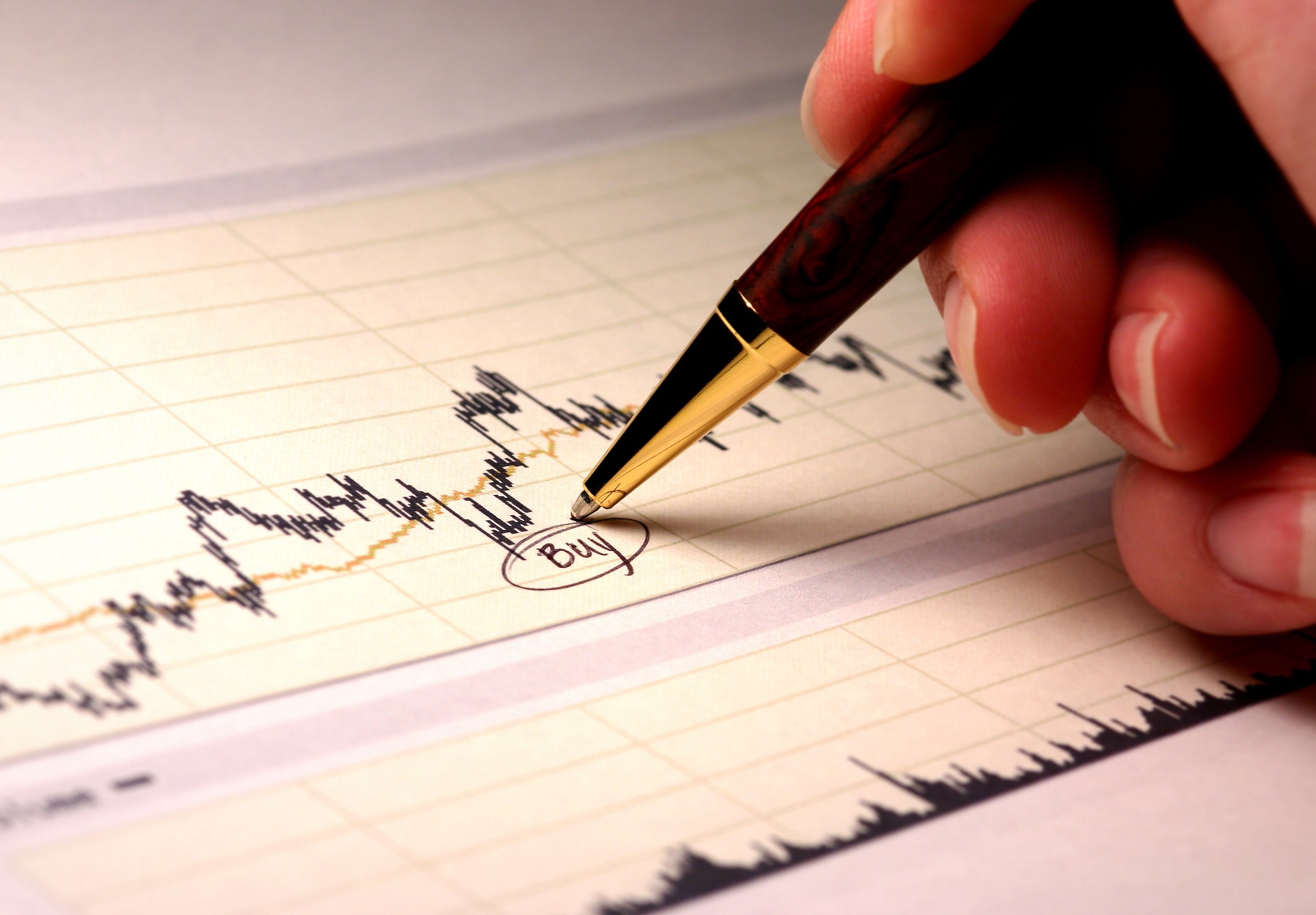
Image source: Facebook.
It took Facebook (FB +0.47%) more than a year to go from 2 million active advertisers to 3 million. But it was able to climb from 3 million to 4 million in nearly half the time, according to COO Sheryl Sandberg. While defending Facebook's questionable video advertising measurement reports on CNBC, Sandberg noted the company has 4 million active advertisers.
The acceleration in active advertisers is particularly noteworthy considering recent comments from CFO Dave Wehner about the amount of room in people's News Feeds to squeeze in more ads. He expects ad load to grow modestly over the next 12 months before becoming a less significant factor going forward. Growing active advertisers will help offset the negative impact of that trend.
Advertising economics
Facebook sells ads using an auction system. The more bidders in the auction, the more likely Facebook is to attract a higher price for an ad impression. So, with 4 million active advertisers, Facebook stands to see its average price per ad increase.
On the other side of the equation Facebook is becoming supply constrained. As Wehner mentioned on the company's second-quarter earnings call, "We anticipate ad load on Facebook will continue to grow modestly over the next 12 months and then will be a less significant factor driving revenue growth after mid-2017." Any high school economics student could tell you, prices go up when supply stays the same but demand increases.
Wehner noted that increases in ad load was "one of the important factors" contributing to Facebook's outstanding revenue growth over the past couple of years. Going forward, revenue growth may be driven most by its ability to increase ad prices if user and average engagement growth slow.
Ad prices increased about 9% last quarter, and just 5% in the first quarter. Facebook will have to accelerate that rate if it plans to keep up with analysts' consensus expectation of 35% revenue growth in 2017. The rapid growth in active advertisers will be key to achieving that target.
The Instagram funnel
Facebook's ability to attract more and more advertisers to its flagship platform benefits its subsidiary Instagram. The photo-sharing app quickly went from a few hundred advertisers to 200,000 after opening its advertising API last year. That's more than Twitter's (TWTR +0.00%) 130,000 reported active advertisers, and it had been working to attract advertisers for years. Instagram now has 500,000 active advertisers.
One reason Instagram has been able to attract so many more advertisers than Twitter in such a short period of time is because it benefits from Facebook's advertising tools including its ad inventory. During the company's fourth quarter earnings call, Ms. Sandberg told analysts that 98 of the top 100 advertisers on Facebook are also advertising on Instagram.
Instagram's active advertiser growth is increasingly important for Facebook due to the ad load factor mentioned above. It's largely competing for ad revenue from Twitter and other social apps like Snapchat. Instagram ad spend is becoming more incremental to Facebook this year, according to William Blair analyst Ralph Shackart's sources. Facebook and Instagram's growing number of active advertisers ought to concern Twitter investors as it struggles to continue growing its revenue.
Instagram isn't just passively welcoming advertisers from Facebook, though. It recently launched new business tools similar to Facebook Pages that allow it to onboard new advertisers with the simple option of promoting a post. That's the same strategy Facebook used to grow to 4 million advertisers.
So, not only does Facebook's active advertiser growth benefit its core platform, it also supports the growth of its most valuable subsidiary.






